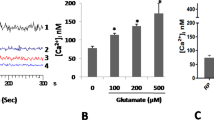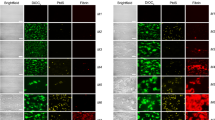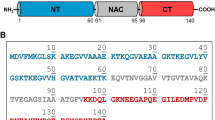Abstract
PLATELETS in a citrated or heparinized plasma system, adhere to each other to form aggregates in the presence of low concentrations of adenosine diphosphate (ADP)1. Adenosine monophosphate (AMP) and adenosine are ineffective in this respect and indeed act as inhibitors of aggregation by ADP2. The degree of aggregation depends on the rate of stirring and, consequently, on the collision frequency of the cells, which is an indication that the process causing aggregation occurs at or very close to the platelet surface. Born and Cross3 and Cross4 showed that fibrinogen acts as a co-factor for aggregation, and Deykin et al.5 suggested that another plasma protein may also be required. Although Born6 and Hampton and Mitchell7 found that ADP is taken up immediately by specific receptors at the surface of the platelets, the mechanism of this type of aggregation is still obscure. Born concluded that “platelet aggregation by ADP comes about through a reaction in which each ADP molecule is briefly involved to produce an alteration in another component of the system, for example in the receptor or in the protein co-factor, without necessarily being altered itself”.
This is a preview of subscription content, access via your institution
Access options
Subscribe to this journal
Receive 51 print issues and online access
$199.00 per year
only $3.90 per issue
Buy this article
- Purchase on Springer Link
- Instant access to full article PDF
Prices may be subject to local taxes which are calculated during checkout
Similar content being viewed by others
References
Gaarder, A., Nature, 192, 531 (1961).
Born, G. V. R., and Cross, M. J., J. Physiol., 168, 178 (1963).
Born, G. V. R., and Cross, M. J., J. Physiol., 170, 397 (1964).
Cross, M. J., Thromb. Diath. Haem., 12, 524 (1964).
Deykin, D., Pritzker, C. R., and Scolnick, E. M., Nature, 208, 296 (1965).
Born, G. V. R., Nature, 206, 1121 (1965).
Hampton, J. R., and Mitchell, J. R. A., Brit. Med. J., i, 1074 (1966).
Ganguly, P., and Moore, R., Clin. Chim. Acta, 17, 153 (1967).
Morse, E. E., Jackson, D. P., and Couley, C. L., J. Clin. Invest., 44, 809 (1965).
Naets, J. P., and Witlek, M., Nature, 206, 727 (1965).
Author information
Authors and Affiliations
Rights and permissions
About this article
Cite this article
SMINK, D., KRUISHEER, H. & BÖTTCHER, C. Physico-chemical Interaction between Adenosine Phosphates and Fibrinogen as a Cause of Platelet Aggregation. Nature 217, 374–375 (1968). https://doi.org/10.1038/217374a0
Received:
Issue Date:
DOI: https://doi.org/10.1038/217374a0
Comments
By submitting a comment you agree to abide by our Terms and Community Guidelines. If you find something abusive or that does not comply with our terms or guidelines please flag it as inappropriate.



